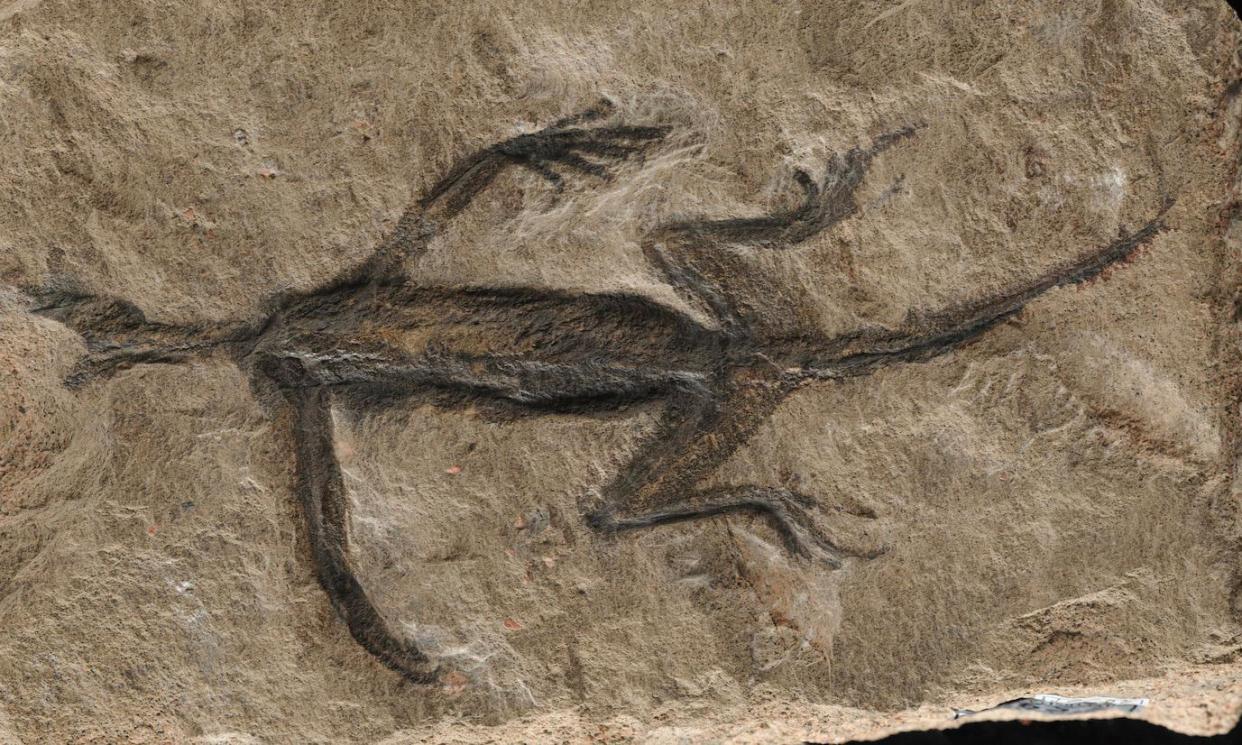The 280m-year-old fossil reptile that turned out to be a forgery

Generations of palaeontologists have marvelled over a 280m-year-old fossilised lizard-like reptile, Tridentinosaurus antiquus, discovered in the Italian Alps in 1931.
Thought to be one of the best-preserved specimens of the species, palaeontologists believed there were even traces of carbonised skin on the surface. Now modern imaging techniques have revealed that this treasured fossil is, in fact, a carving covered in black paint.
Dr Valentina Rossi, from University College Cork, in Ireland, and her team used ultraviolet photography to look beneath the paint. Instead of finding the hoped-for soft tissues, they found an elaborate fake. Although exactly when it was made and who crafted it remains unknown, Tridentinosaurus joins a long list of fossil fakes, including the Piltdown Man and Archaeoraptor, to name just two. Ancient woodlice-like sea creatures known as trilobites were a particular favourite for faking, and natural history museums around the world are increasingly discovering counterfeits in their collections.
Reporting in Palaeontology, Rossi and her colleagues suggest the problem is growing, with a huge market for fake fossils today. Modern imaging techniques are now helping to expose the fakes, but Rossi and her colleagues are calling for tighter regulations to protect the fossil record, including outlawing painting over fossils.

 Yahoo News
Yahoo News 
